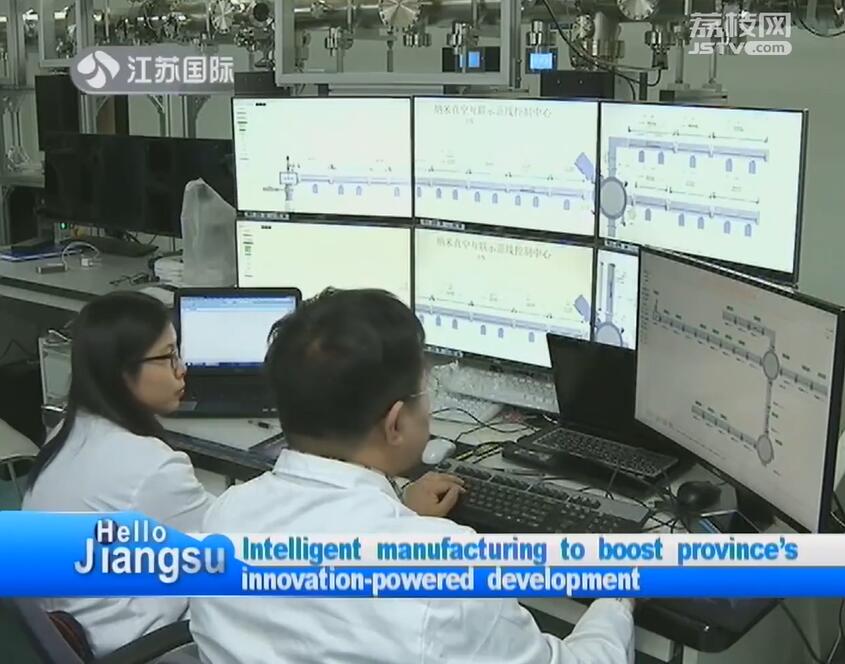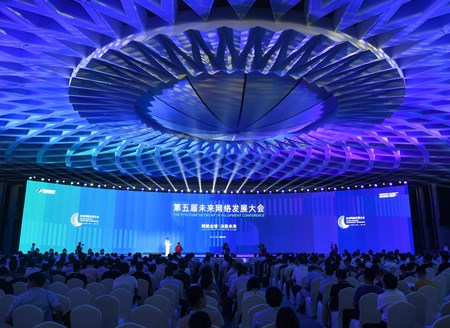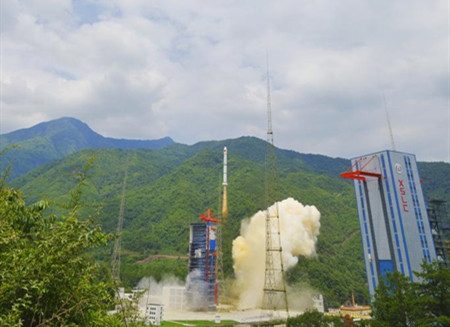The National Innovation Demonstration Zone in Southern Jiangsu has seized the opportunities to beef up its cooperation with major research academies and institutes in accordance with the strategy of implementing innovation-powered development set forth by the 19th CPC National Congress.
This mobile phone featuring high-definition projection is the latest result developed by the Suzhou Nano-Tech Institute of the Chinese Academy of Sciences. Through the use of nano-materials, the projector in this cell phone not only makes the body thinner but reduces the energy consumption as well.
With the help of the world's largest Nano-vacuum interconnection experimental station and through these sophisticated pipelines, the companies in Suzhou Industrial Park can do nano-scale experiments in a vacuum environment that resembles the outer space, and develop smaller nanoscale products.
In 2015, the Chinese Academy of Sciences chose to settle the project in Suzhou due to the strong support for the nanometer industry and the perfection of the nanometer industry chain in Suzhou.
Over the past two years, the local government has invested nearly 1 billion yuan to support the construction of large devices in addition to the continuous docking of the research and development cooperation between the nano-enterprises of the Suzhou Industrial Park and the CAS Suzhou Nano-Tech Institute.
This global leading device has carried out more than 60 various cooperation research projects with the cumulative service time exceeding 3,500 hours, effectively supporting the development of the local nanometer industry.
The pilot National Innovation Demonstration Zone program was established in 2015 by the central government to promote independent innovation capability, strengthen industrial competitiveness and enhance the role of high-tech parks in guiding regional development. The demonstration zones are given favorable policies, then required to lead the way in areas such as technology transfer, share option incentive schemes and technology finance.
Nanjing Jiangning Development Zone is also seizing the opportunities brought about by the National Independent Innovation Demonstration Zone in Southern Jiangsu through the launch of high-tech venture capital companies and high-tech industrial parks to attract the settlement of all kinds of new research and development institutions.
In the first 11 months of this year, the development zone attracted 6 well-known research and development institutions from home and abroad, most notably the German National Microelectronics Sensor Research Institute.
The Jiangsu Future Network Research Institute In the development zone has been upgraded to China's only major national science and technology infrastructure in the Internet technology. In the next 5 years 1.67 billion yuan will be invested here to carry out large-scale network experiments that will radiate with Nanjing as the center to 40 cities nationwide.






